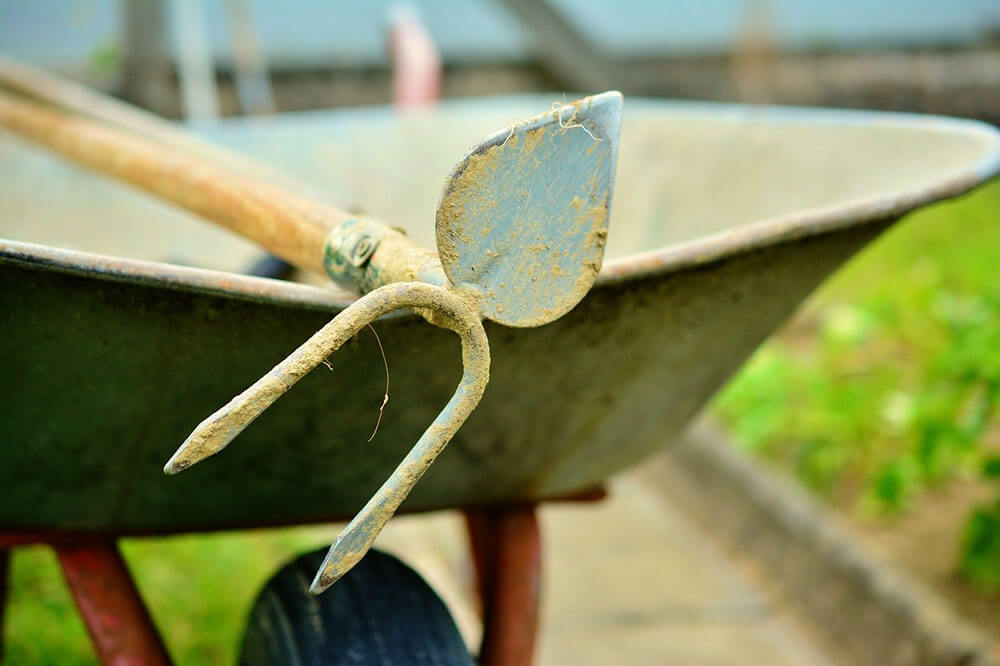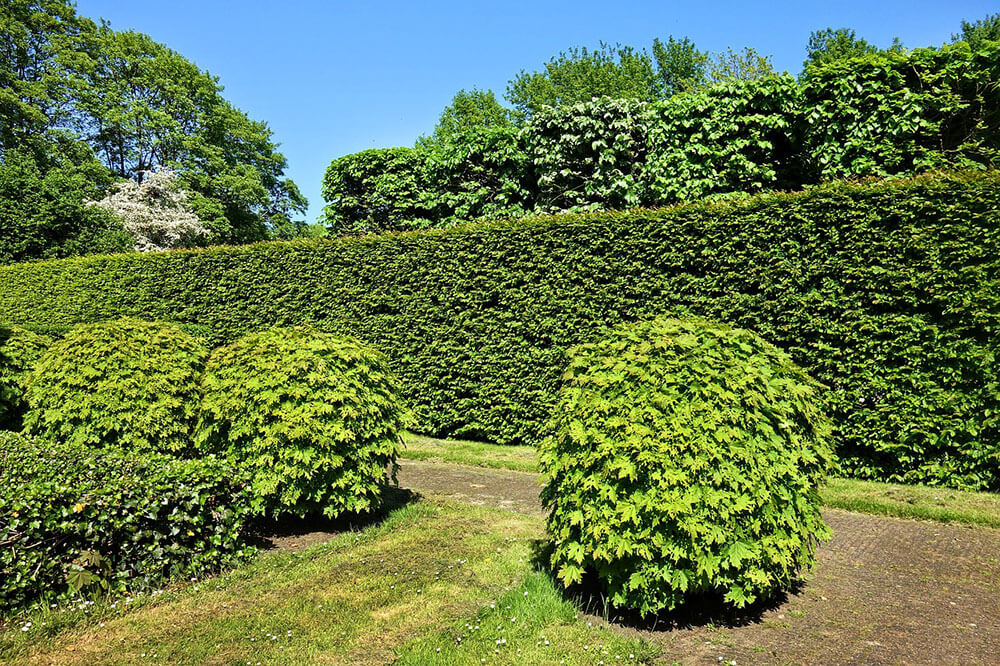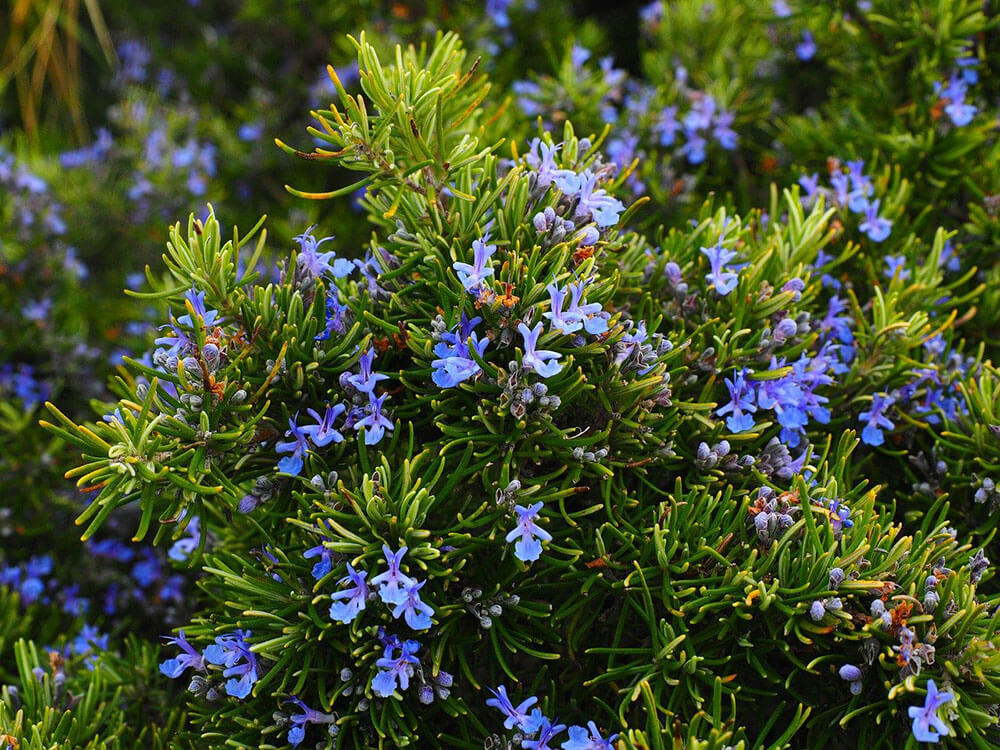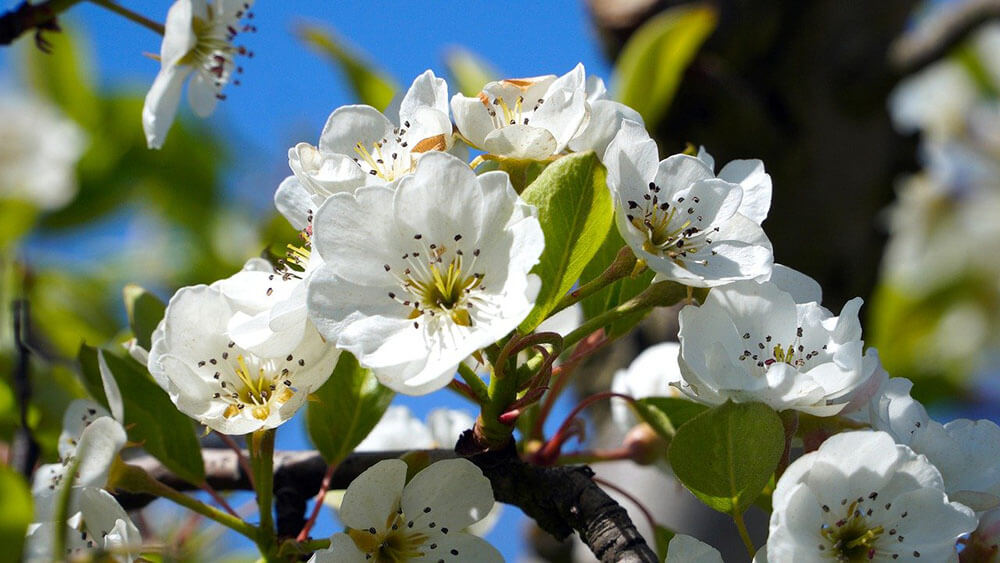How is your garden coping after the massive swings in temperature and lack of rain we saw in April? Even though spring is well and truly here, in May the weather can still be unpredictable, so make sure you have some form of frost protection to hand.
Vegetables
I’ve held back on a lot of my outdoor planting, but now the soil should be warm enough to plant out runner beans, broad beans, peas, onions, carrots, leeks, strawberries and salad crops.
It will be safer to wait until the end of the month to plant out more tender vegetables such as French beans, squashes, tomatoes, sweetcorn, courgettes, aubergines, cucumbers and chillies.
Mulch on top of the soil around plants. You can use last year’s compost to do this. It is important to mulch after it has rained, as this helps to lock moisture in.
Continue to hoe regularly. Did you know that chickweed produces 2,000 seeds per plant if you allow it to go to seed?
Fruit
Keep fleece handy to protect blossoms from any late frost, including strawberry plants. However, it is essential to let pollinating insects in, so remember to remove the fleece during the day.
If you’ve recently planted any fruit trees, make sure you give them a thorough soaking once or twice a week.
As well as mulching vegetables, it is a good idea to mulch on moist soil around trees and soft fruit bushes to retain moisture and deter weeds. You can use various mulches, including straw, wood chippings, and newspaper covered with grass cuttings.
Flowers and Shrubs
Have you heard of the ‘Chelsea Chop’? It’s a way of stopping some plants from getting too big and staggering flowering time in others by chopping back the growth. It may feel counter-productive, but if you haven’t used this method before, give it a go on a couple of your shrubs to assess the benefits. Prune the plant back by about a third, but don’t chop too early in the month and make sure the plant is well established and of a reasonable size.

Plant out all hardy perennials, evergreens, and sweet peas.
Sow hardy annuals and biennials in their flowering positions.
By the end of May we are usually frost-free, but check the weather forecast before you plant out tender bedding plants.
Stake perennials before they get too tall.
Hoe, hoe, hoe!
Lawns and hedges
My lawn is parched and turning brown, but remember, grass will survive a drought. It will revive once the rain returns.

Birds nest in hedges now, so wait until later in the year before undertaking any major hedge trimming.
Herbs
Allow herbs to flower for pollinating bees.

Top dress the herbs you have growing in containers. Scrape off the top 2 inches of compost and replace with a 50/50 mixture of fresh potting compost (peat-free and organic) and garden compost.
Enjoy your garden in May!





